Last week we explored feet and the boots that cover them. This week I’m going to the other end of the body and share with you some hats I’ve discovered over the years.
A hat is a noun and is defined as a shaped covering for the head worn for warmth, sun protection, as a fashion item, or as part of a uniform.
The concept of a broad-brimmed hat with a high crown worn by a rider on horseback can be seen as far back as the Mongolian horsemen of the 13th century. The hat has a tall crown that provides insulation, and a wide brim that provides shade.
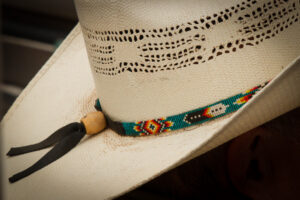 This image was taken near Canyon de Chelly and the beautifully beaded hatband caught my eye more than the hat itself. I was there on an Arizona Highways Photo Workshop and this hat belonged to our guide.
This image was taken near Canyon de Chelly and the beautifully beaded hatband caught my eye more than the hat itself. I was there on an Arizona Highways Photo Workshop and this hat belonged to our guide.
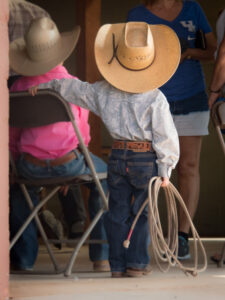 This little roper and his hat were taken at the annual Babbit Ranches Colt Sale held in July.
This little roper and his hat were taken at the annual Babbit Ranches Colt Sale held in July.
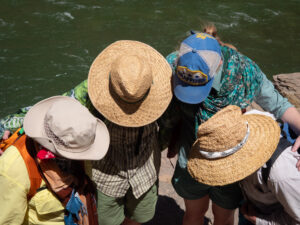 River trip hats are as unique as the individual and a lifesaving part of the needed gear, especially on summer trips through Grand Canyon.
River trip hats are as unique as the individual and a lifesaving part of the needed gear, especially on summer trips through Grand Canyon.
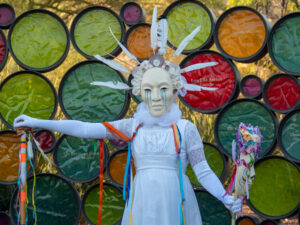 It may be that this “hat” image lies more in the headdress genre but either way, the outfit is magnificent. This image was taken at a Dia de los Muertos celebration at the Phoenix Desert Botanical Gardens in 2019.
It may be that this “hat” image lies more in the headdress genre but either way, the outfit is magnificent. This image was taken at a Dia de los Muertos celebration at the Phoenix Desert Botanical Gardens in 2019.
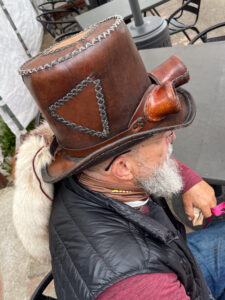 Following a morning at the Bolinas, CA tidepools I encountered this character in town at the local coffee shop. He said he got this leather tophat years ago at a Renaissance Fair. He added the fox tails off the back.
Following a morning at the Bolinas, CA tidepools I encountered this character in town at the local coffee shop. He said he got this leather tophat years ago at a Renaissance Fair. He added the fox tails off the back.
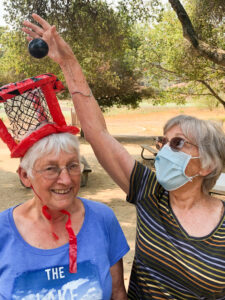 My mom with her basket hat at a family picnic a couple of years ago. Leave it to her sister to slam-dunk her head!
My mom with her basket hat at a family picnic a couple of years ago. Leave it to her sister to slam-dunk her head!
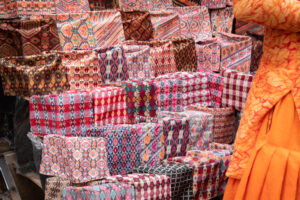
Dhaka ko Topi literately means a “headgear made of Dhaka cloth”, a fine cotton cloth once exclusively imported from Dhaka, the present-day capital of Bangladesh.
The Dhaka topi was a part of the Nepalese national dress and a symbol of Nepalese nationality. It became popular during the reign of King Mahendra, who ruled between 1955 and 1972 and made wearing a Dhaka topi mandatory for official photographs for passports and documents. Dhaka Topis are given away as gifts during festivals. They were also worn by government officials as a part of the national dress.
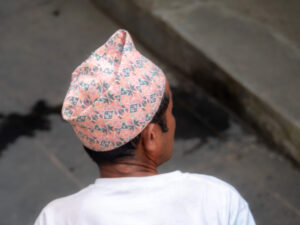
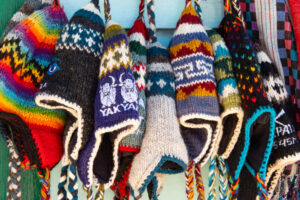 During our 2018 hike to Everest Base Camp, we came across many hats like the ones above for sale and on the heads of many locals as we rose in elevation and the temperatures cooled.
During our 2018 hike to Everest Base Camp, we came across many hats like the ones above for sale and on the heads of many locals as we rose in elevation and the temperatures cooled.
When I looked up their origin all I could find was how they originated in the Andes under the name Chullo. Chullo is an Andean style of hat with earflaps, made from vicuña, alpaca, llama, or sheep’s wool. Alpaca has wool-like qualities that help to insulate its wearer from the harsh elements in the Andean Mountain region. Chullos often have ear flaps that can be tied under the chin, to further warm the wearer’s head.
Hats have been used in the Andean Mountain region by indigenous peoples for thousands of years. Wearing different types and colors has significance among certain Andean natives. According to Peruvian historian Arturo Jiménez Borja, the Chullo has its origins in the cultural exchange between Spaniards, who incorporated elements of their barrettes and the original hat of the Andeans.
I imagine all of these things are also true in the Himalayan region of Nepal and the hats are made out of Yak fur.
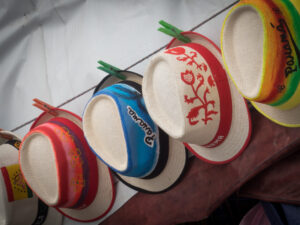 These hats were found in Panama City, Panama in 2017.
These hats were found in Panama City, Panama in 2017.
Although commonly called “Panama hat” in English, the hat has its origin in Ecuador. Beginning in the early to mid-1600s, hat weaving evolved as a cottage industry along the Ecuadorian coast as well as in small towns throughout the Andean mountain range. Hat weaving and wearing grew steadily in Ecuador through the 17th and 18th centuries. Straw hats woven in Ecuador, like many other 19th- and early 20th-century South American goods, were shipped first to the Isthmus of Panama before sailing for their destinations in Asia, the rest of the Americas, and Europe, subsequently acquiring a name that reflected their point of international sale—”Panama hats”—rather than their place of domestic origin.
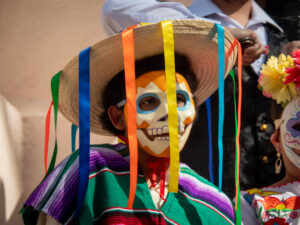
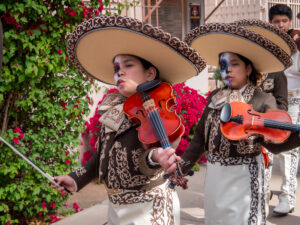
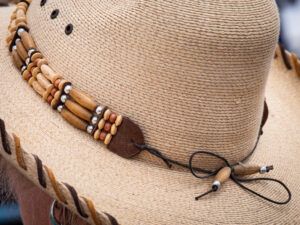 This was another cool hatband on a hat at the Colt Sale near Flagstaff.
This was another cool hatband on a hat at the Colt Sale near Flagstaff.
 On my one and only trip to Boston, I came across a vendor selling baseball caps. I was amazed at the variety of colors available!
On my one and only trip to Boston, I came across a vendor selling baseball caps. I was amazed at the variety of colors available!
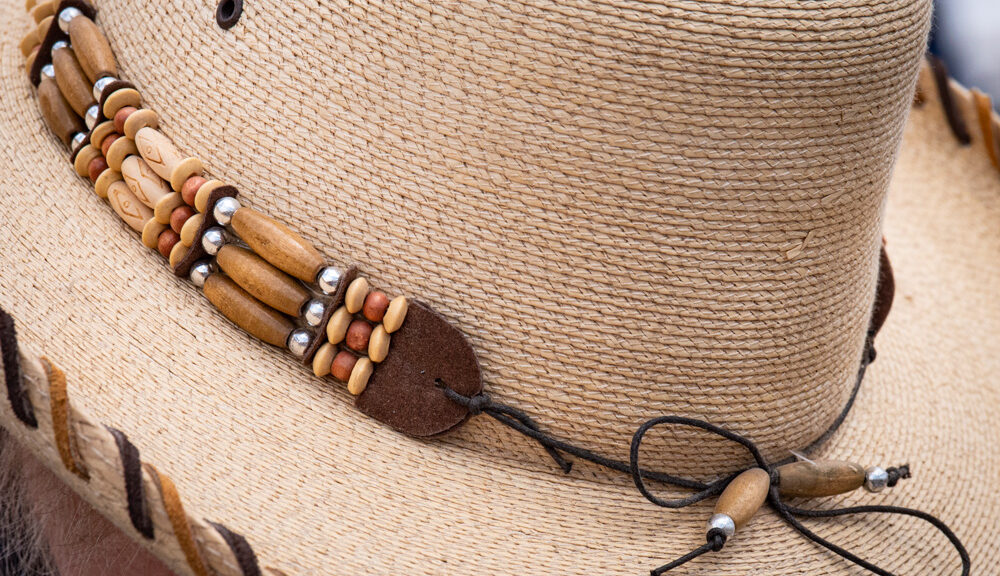
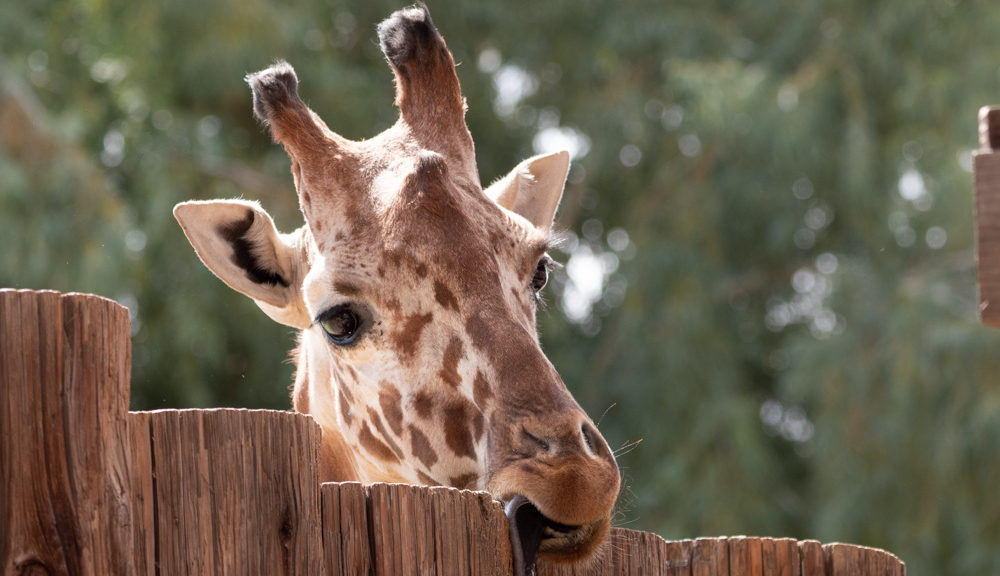
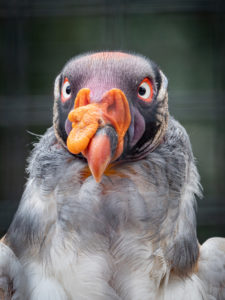 The fence in this image is so blurred it almost appears as part of the background.
The fence in this image is so blurred it almost appears as part of the background.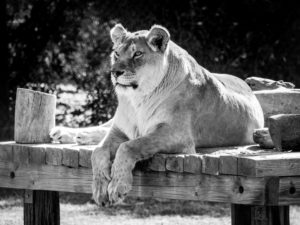 This lioness was watching the day go by behind a chainlink fence.
This lioness was watching the day go by behind a chainlink fence.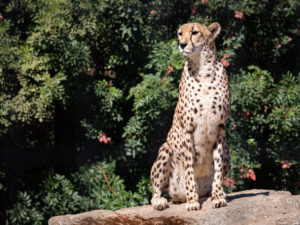 All the animals were quite active on that day. We’re assuming due to a cool front moving through the state.
All the animals were quite active on that day. We’re assuming due to a cool front moving through the state.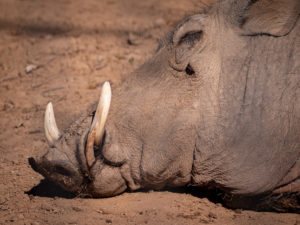 “Pumba, you ARE a pig”. The warthogs were also behind a fence. Again, the fence is so blurred it’s barely noticeable.
“Pumba, you ARE a pig”. The warthogs were also behind a fence. Again, the fence is so blurred it’s barely noticeable.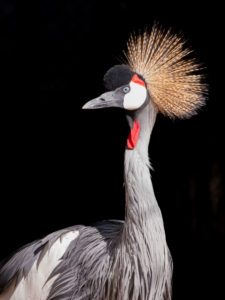 This crane image was captured on the safari tram through Africa. I was able to use Lightroom to grab the background, take down the exposure to make it appear as shade, and highlight her (his?) beauty.
This crane image was captured on the safari tram through Africa. I was able to use Lightroom to grab the background, take down the exposure to make it appear as shade, and highlight her (his?) beauty.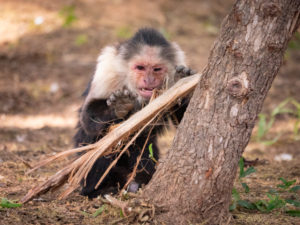 This little guy was on a monkey island across some water. He was going to town on a piece of tree. His little old man expressions were super cute.
This little guy was on a monkey island across some water. He was going to town on a piece of tree. His little old man expressions were super cute.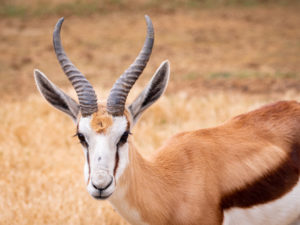 Again from the Safari Tram ride, we saw this gazelle.
Again from the Safari Tram ride, we saw this gazelle.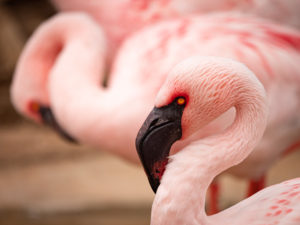 Zombie Flamingo Appocolypse?
Zombie Flamingo Appocolypse?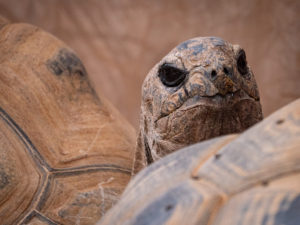
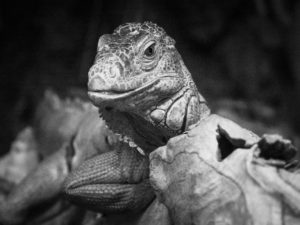
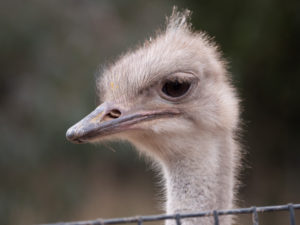 You can see the fence that this ostrich was behind. He (she?) was pretty close. Apparently, the ostrich is not the sharpest tool in the shed. They do, however, provide for some great facial expressions.
You can see the fence that this ostrich was behind. He (she?) was pretty close. Apparently, the ostrich is not the sharpest tool in the shed. They do, however, provide for some great facial expressions.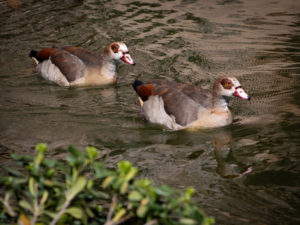 Egyptian Geese.
Egyptian Geese.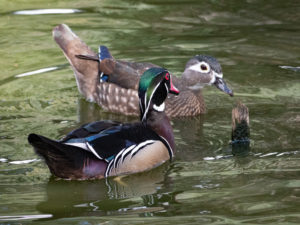 A pair of wood ducks with her in full mating regalia. I caught them just before they, well, YOU know, they tried making baby ducks. I hope they were successful.
A pair of wood ducks with her in full mating regalia. I caught them just before they, well, YOU know, they tried making baby ducks. I hope they were successful.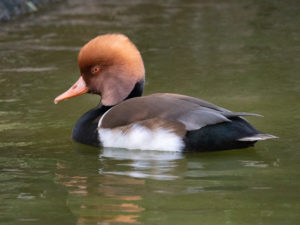 A beautiful Red-Crested Pochard looking for a mate.
A beautiful Red-Crested Pochard looking for a mate.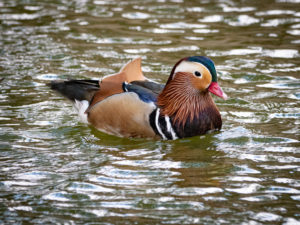 A very colorful Mandarin Duck strutting his stuff.
A very colorful Mandarin Duck strutting his stuff.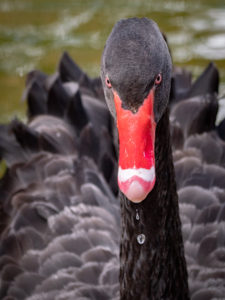 There were even a couple of majestic black swans.
There were even a couple of majestic black swans.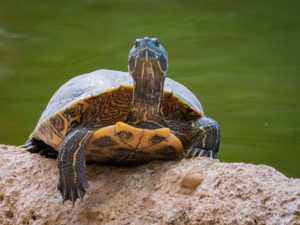 …and a turtle.
…and a turtle.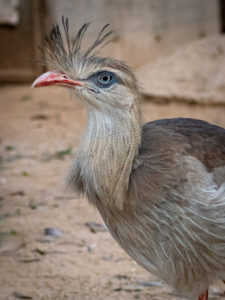
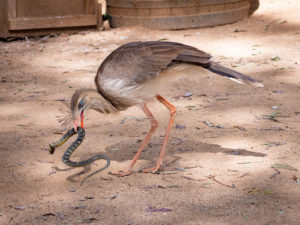
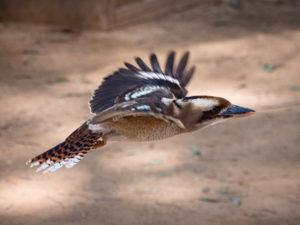
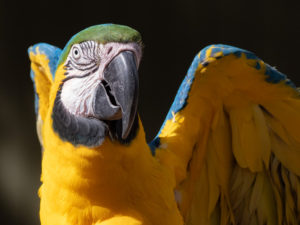 Macaws close up are always nifty.
Macaws close up are always nifty.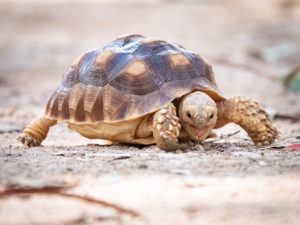
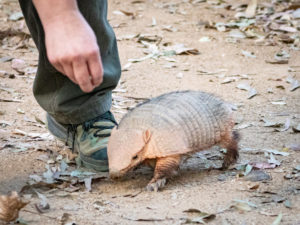
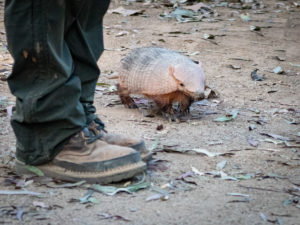
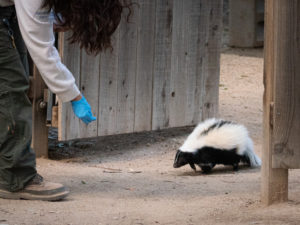 This one always makes me nervous. But he (she?) performed wonderfully. He came out in front of the stage and was quite well behaved, keeping all parts of himself…TO himself.
This one always makes me nervous. But he (she?) performed wonderfully. He came out in front of the stage and was quite well behaved, keeping all parts of himself…TO himself.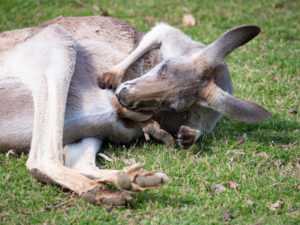
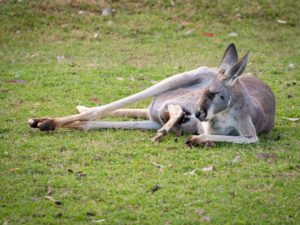
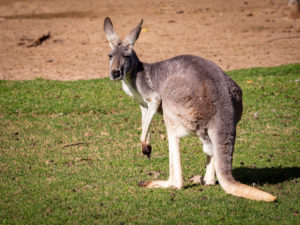
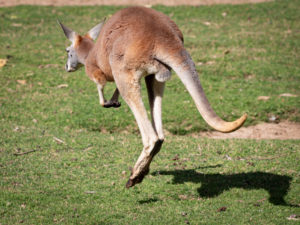
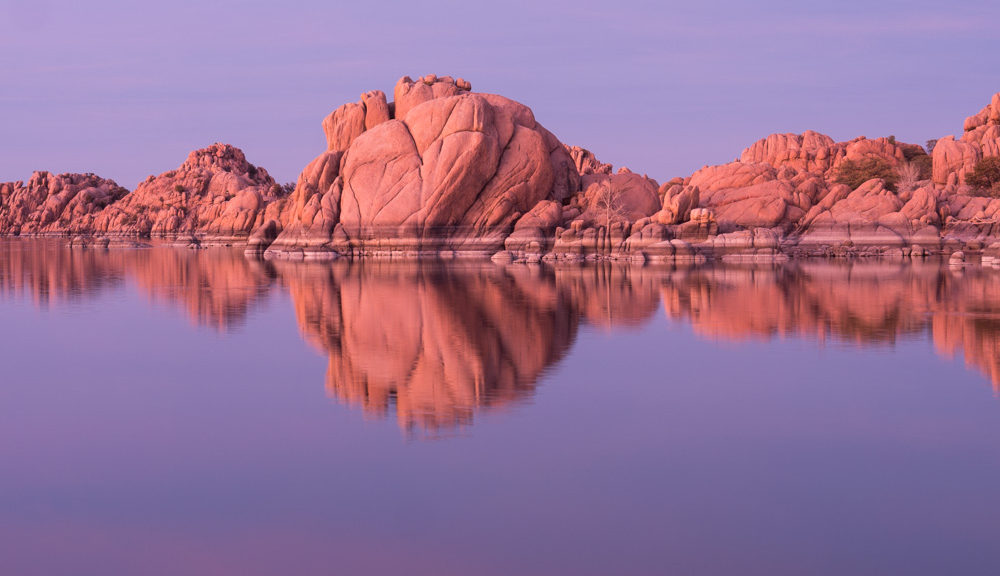
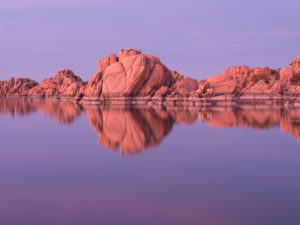
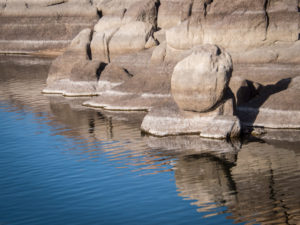
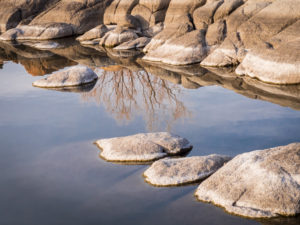
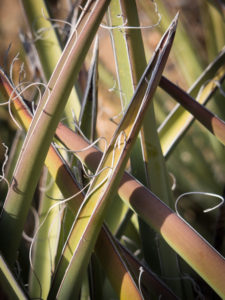
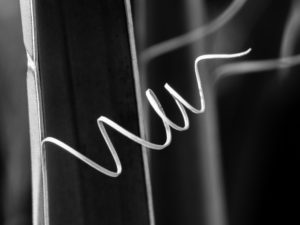
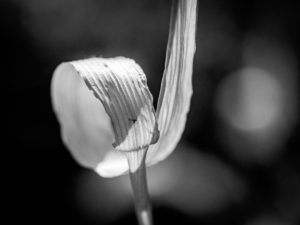
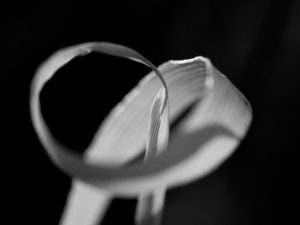
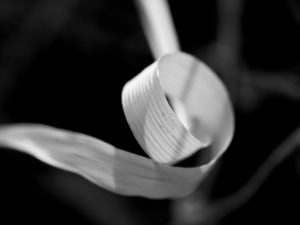
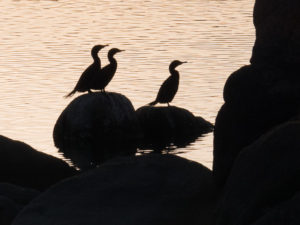
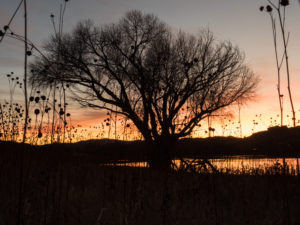 Winter hours have the park closing at 6:00 pm which is plenty of time to catch the sunset without having to stay out too late.
Winter hours have the park closing at 6:00 pm which is plenty of time to catch the sunset without having to stay out too late.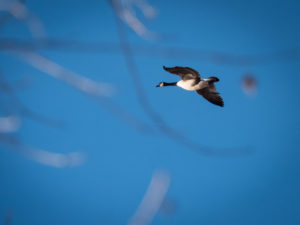
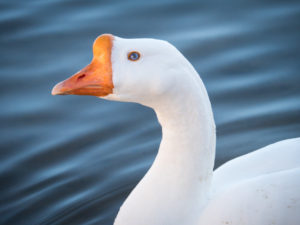
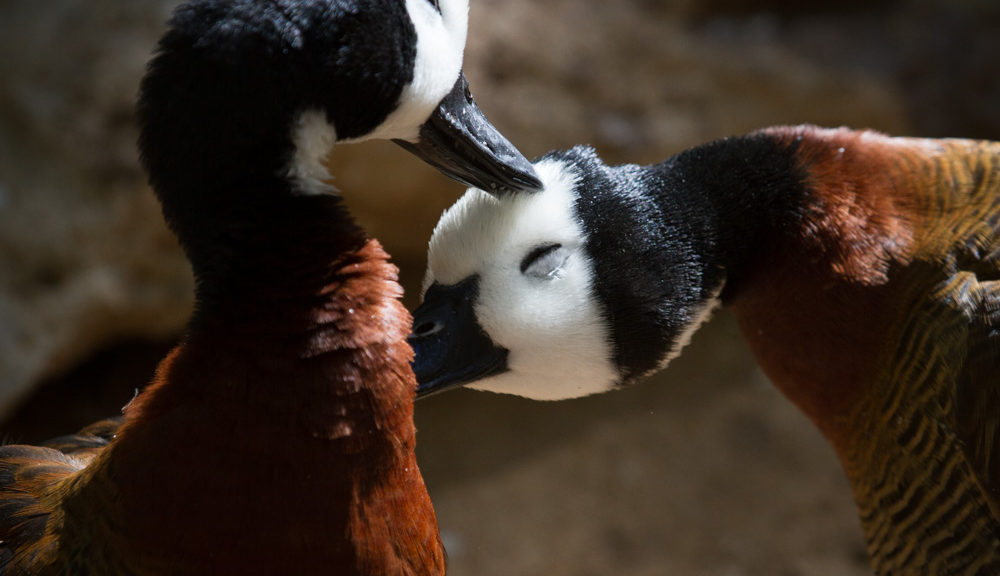
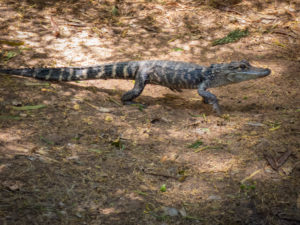
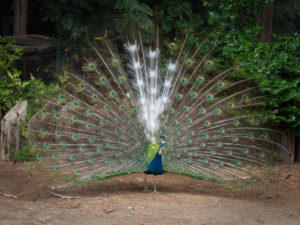
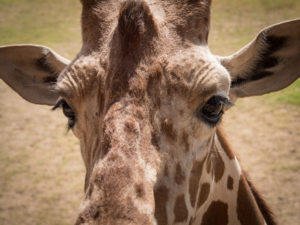
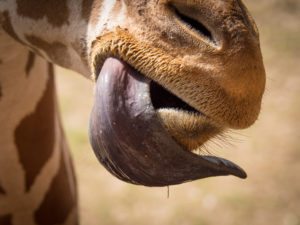
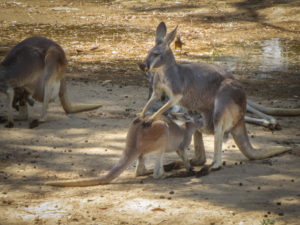 As you walk through the Down Under enclosure the kangaroos and wallabies are literally just behind a single rope fence.
As you walk through the Down Under enclosure the kangaroos and wallabies are literally just behind a single rope fence.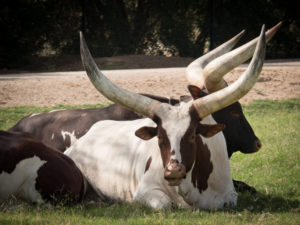
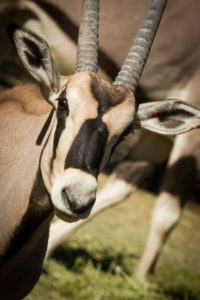
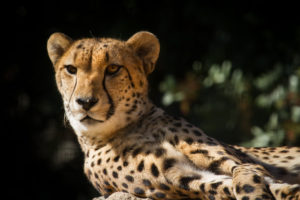
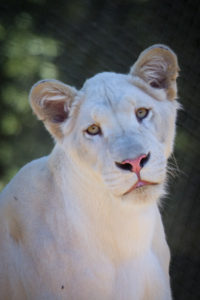
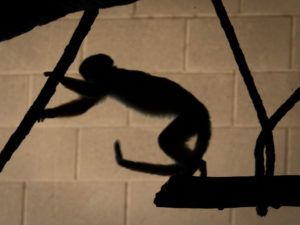 The monkeys have various islands throughout the park.
The monkeys have various islands throughout the park.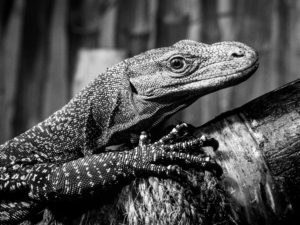
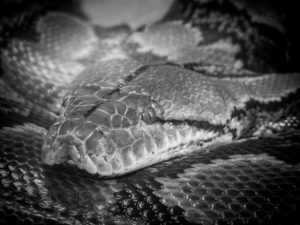
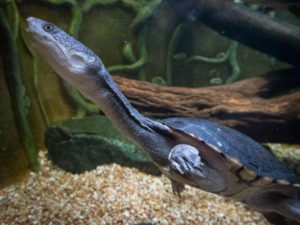
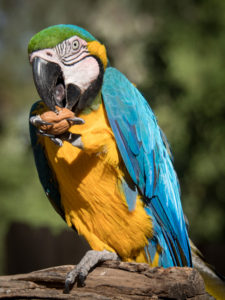
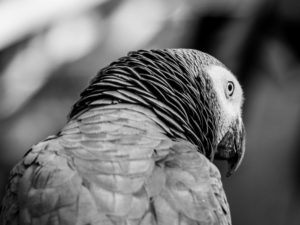
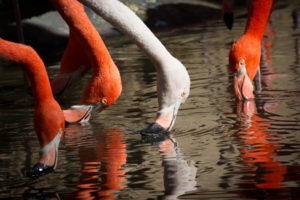 The flamingo exhibit right at the front entrance provides for some great reflection images.
The flamingo exhibit right at the front entrance provides for some great reflection images.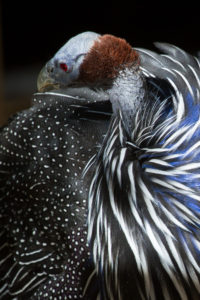 There is a walk-through aviary with some pretty exotic birds in it.
There is a walk-through aviary with some pretty exotic birds in it.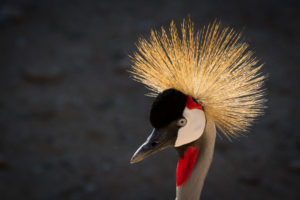 So regal.
So regal.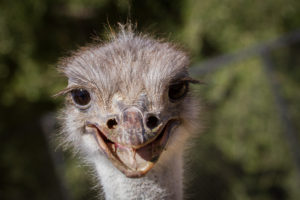 Who doesn’t like a happy ostrich?
Who doesn’t like a happy ostrich?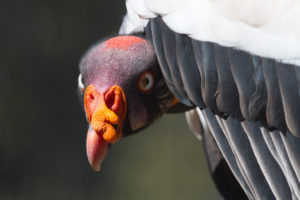 Yikes!
Yikes!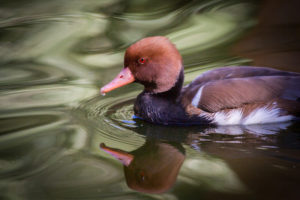

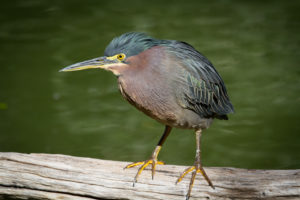
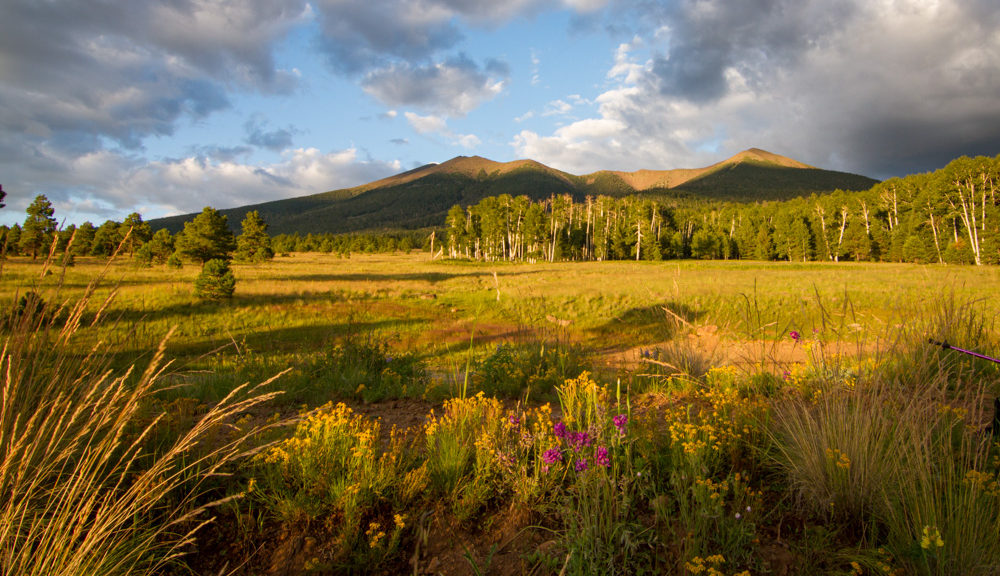
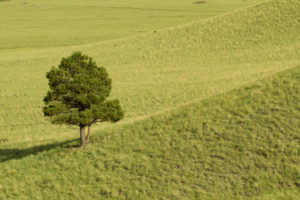
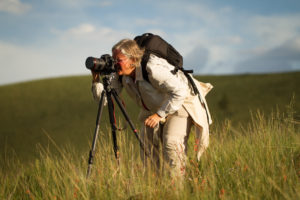
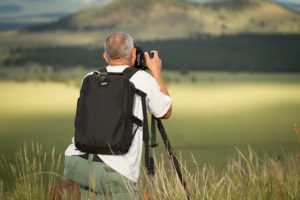
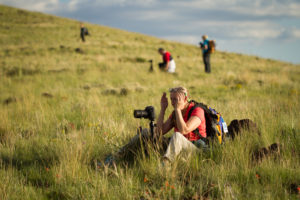 What’s great about our participants is that sometimes they become Arizona Highways PhotoScapes Volunteers! Like Dianne here. I forgot all about meeting her on this trip until I dug out this image!
What’s great about our participants is that sometimes they become Arizona Highways PhotoScapes Volunteers! Like Dianne here. I forgot all about meeting her on this trip until I dug out this image!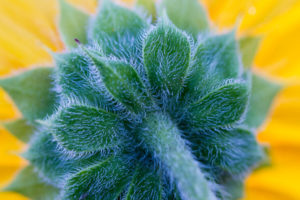 Don’t forget to shoot all sides of your subject. You may surprise yourself with what you find!
Don’t forget to shoot all sides of your subject. You may surprise yourself with what you find!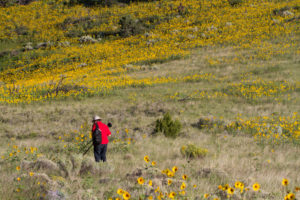 The Sunset Crater area is known for its fields of yellow in August. The red shirt on this participant made for great contrast.
The Sunset Crater area is known for its fields of yellow in August. The red shirt on this participant made for great contrast.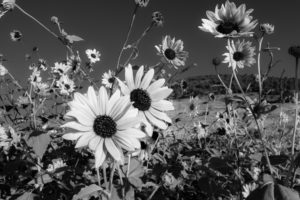 With so much yellow I decided it would be cool to try it in black and white. I was happy with the results. I’ve since gotten into the habit of trying black and white on images whose color or lighting I can’t get quite right.
With so much yellow I decided it would be cool to try it in black and white. I was happy with the results. I’ve since gotten into the habit of trying black and white on images whose color or lighting I can’t get quite right.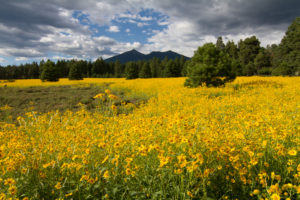
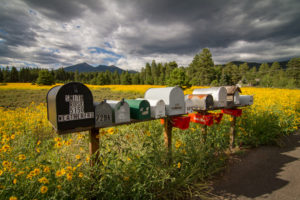 I decided to put the mailboxes in the foreground and really liked the outcome.
I decided to put the mailboxes in the foreground and really liked the outcome.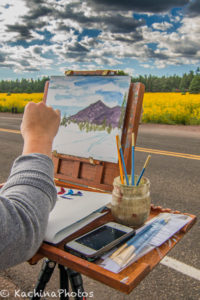
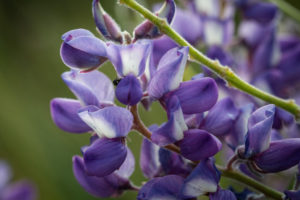
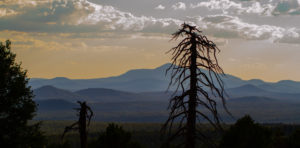
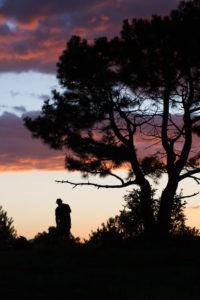
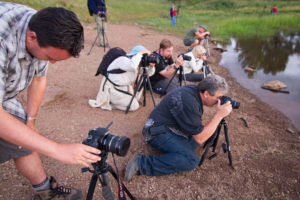
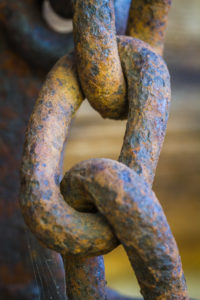
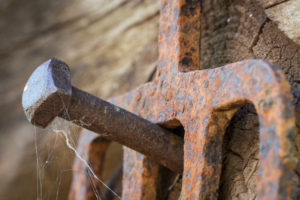
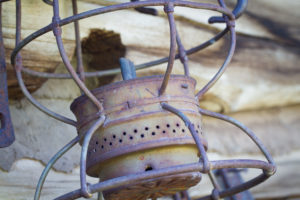
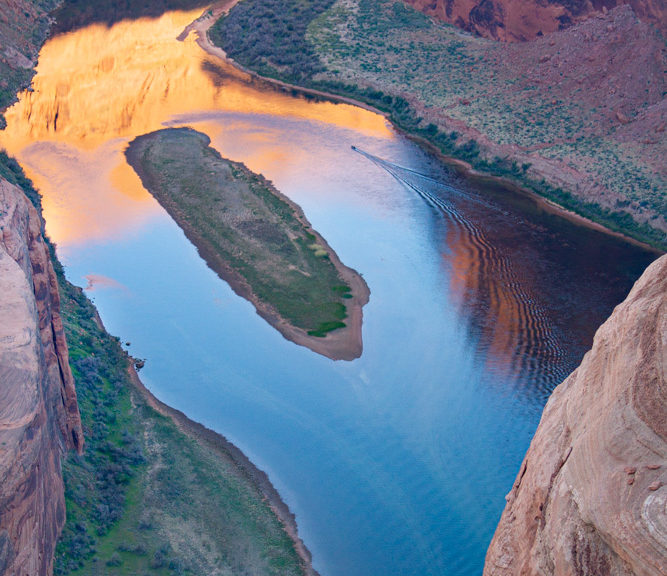
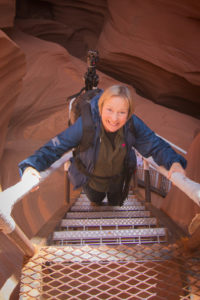 Becoming friends with the trip leaders and photographers is a BIG bonus. As leaders we get to see each other at a monthly meeting in Phoenix.
Becoming friends with the trip leaders and photographers is a BIG bonus. As leaders we get to see each other at a monthly meeting in Phoenix.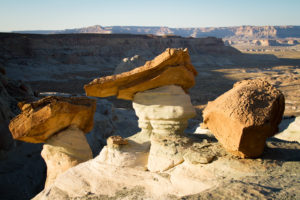 If you look close you can almost see Lake Powell in the upper right-hand corner below the cliffs.
If you look close you can almost see Lake Powell in the upper right-hand corner below the cliffs.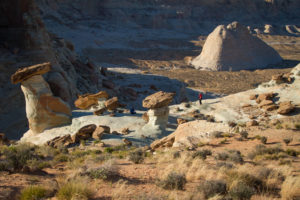 I like to have people in my landscape images to show perspective.
I like to have people in my landscape images to show perspective.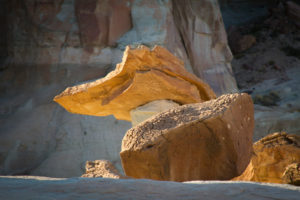 Check out that GLOW!
Check out that GLOW!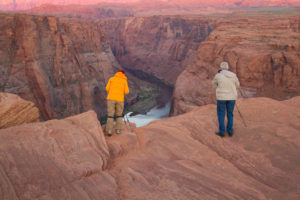 The rim doesn’t look like this anymore. Now one has to pay to park, follow a path to a railed in area and do this with hundreds of tourists.
The rim doesn’t look like this anymore. Now one has to pay to park, follow a path to a railed in area and do this with hundreds of tourists.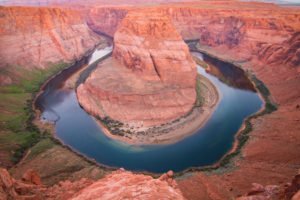 Here is the iconic view. A big bend in the Colorado River between Glenn Canyon Dam and Lee’s Ferry.
Here is the iconic view. A big bend in the Colorado River between Glenn Canyon Dam and Lee’s Ferry.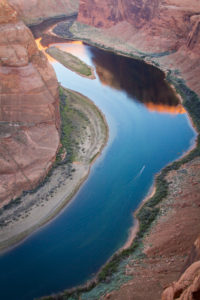 A fishing boat heads upriver. This area is world-famous with the anglers fishing for trout.
A fishing boat heads upriver. This area is world-famous with the anglers fishing for trout.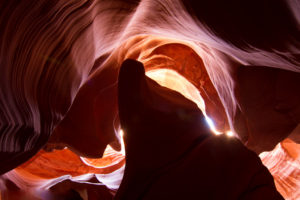
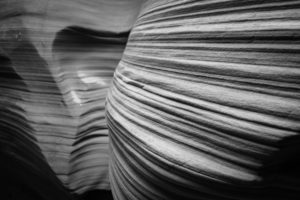
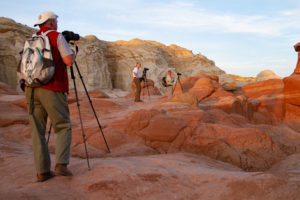 The challenge is to wander around, looking for your shot while NOT getting in the way of the other photographers. This respect and awareness of self can be where lasting friendships are made.
The challenge is to wander around, looking for your shot while NOT getting in the way of the other photographers. This respect and awareness of self can be where lasting friendships are made.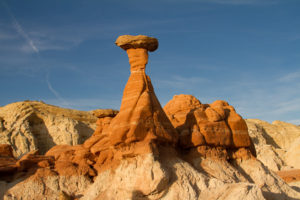
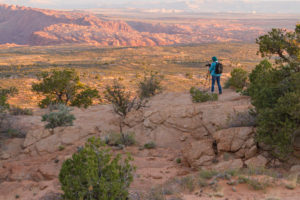 The landscapes are stunning in this part of the world.
The landscapes are stunning in this part of the world.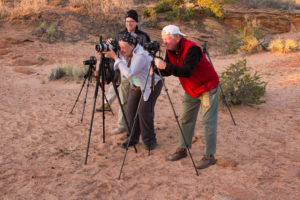 Suzanne is helping some participants with settings and composition.
Suzanne is helping some participants with settings and composition.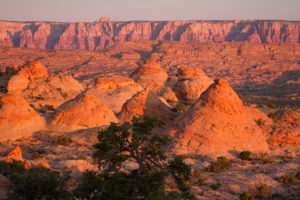 There is a lot of milling around, shooting this and that as we wait for the morning sun to shine. And shine she does. The colors are spectacular and the light fleeting so we were clicking away.
There is a lot of milling around, shooting this and that as we wait for the morning sun to shine. And shine she does. The colors are spectacular and the light fleeting so we were clicking away.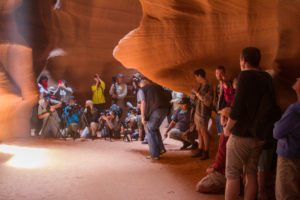 Everyone was wanting a shot of the sunray. If you put the groups on one side you could get the shot. It’s amazing to look at a serene slot canyon image and not realize this amount of humans were just out of the frame.
Everyone was wanting a shot of the sunray. If you put the groups on one side you could get the shot. It’s amazing to look at a serene slot canyon image and not realize this amount of humans were just out of the frame.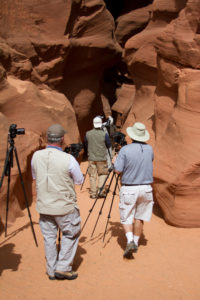
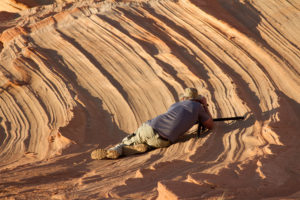 Turns out this guy and I attended the same high school in Phoenix at the same time! Small World.
Turns out this guy and I attended the same high school in Phoenix at the same time! Small World.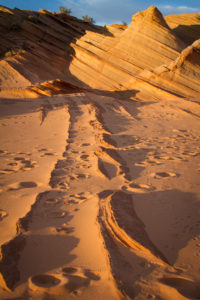
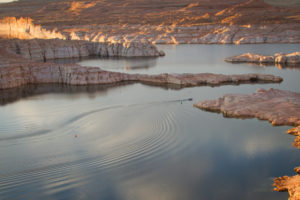 We were thrilled when a boat motored along to give us something interesting in the water.
We were thrilled when a boat motored along to give us something interesting in the water.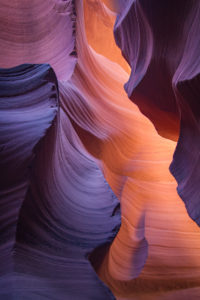
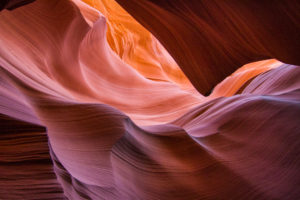
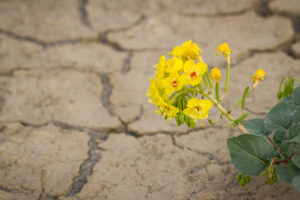
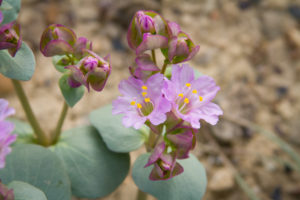
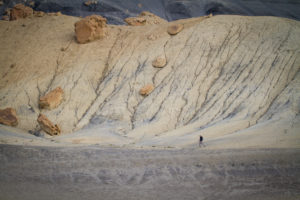 Again with the humans showing perspective.
Again with the humans showing perspective.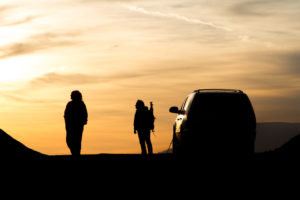 Our esteemed photographer and fellow photo guide surveying the scene.
Our esteemed photographer and fellow photo guide surveying the scene.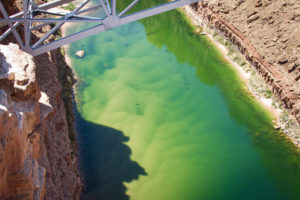 This is the view from Navajo Bridge looking upstream toward Lee’s Ferry. Check out the silt!
This is the view from Navajo Bridge looking upstream toward Lee’s Ferry. Check out the silt!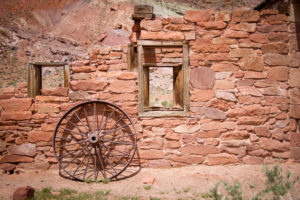 One of the many stone buildings in the area from back in the day when the ferry was in operation.
One of the many stone buildings in the area from back in the day when the ferry was in operation.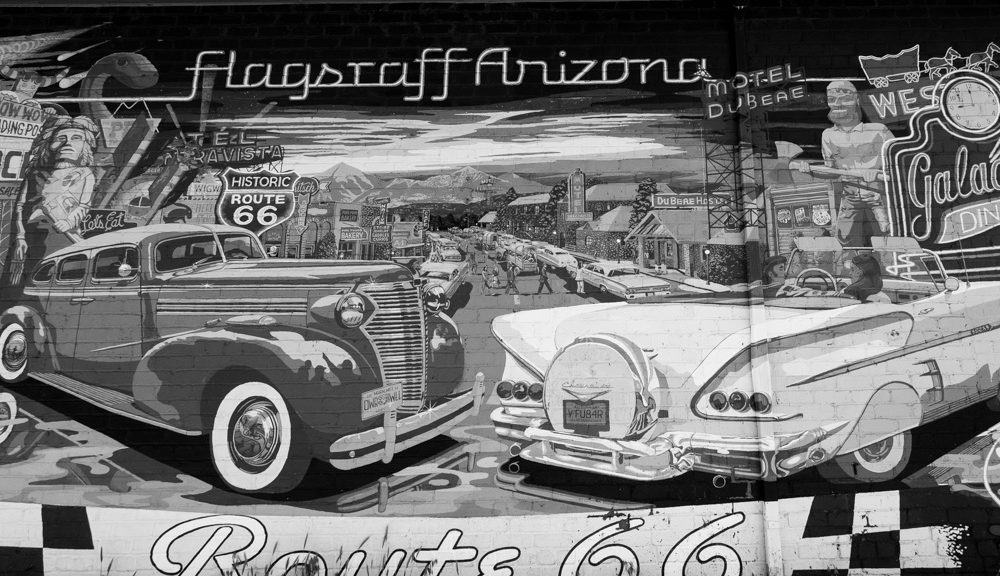
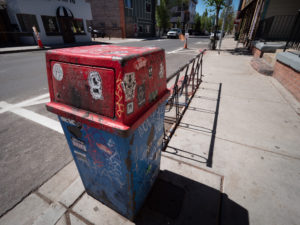
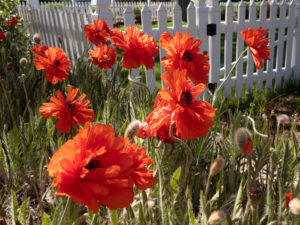
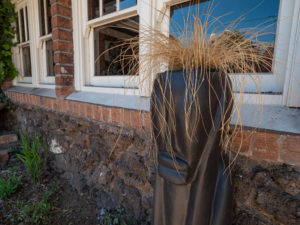
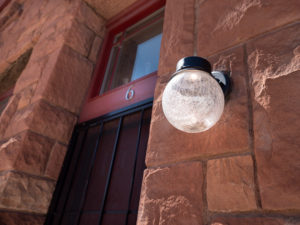 You definitely have to shoot things close to the lens. Things you can walk up to as you don’t have the “reach” of a long lens.
You definitely have to shoot things close to the lens. Things you can walk up to as you don’t have the “reach” of a long lens.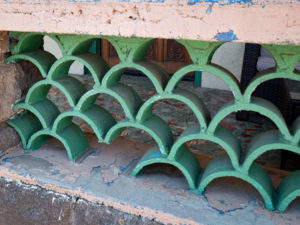
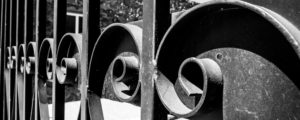
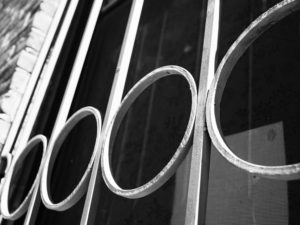
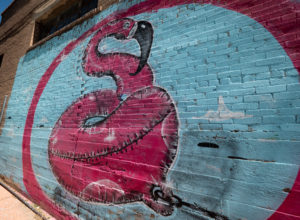 I was only able to capture this Flamingo Snake…? with my UW lens as two cars were parked right in front of it. Had I been using my long lens I would have needed to back way up to get it all in the field of view and it would have had the two cars in the image. Yay for ultra wides!!
I was only able to capture this Flamingo Snake…? with my UW lens as two cars were parked right in front of it. Had I been using my long lens I would have needed to back way up to get it all in the field of view and it would have had the two cars in the image. Yay for ultra wides!!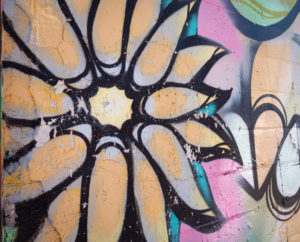 A mural in an alley.
A mural in an alley.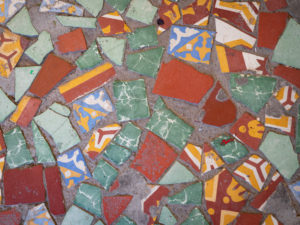 The floor outside a set of apartments on the Southside.
The floor outside a set of apartments on the Southside.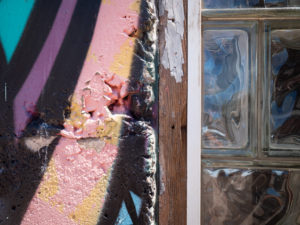 The same alley, where mural meets the window.
The same alley, where mural meets the window.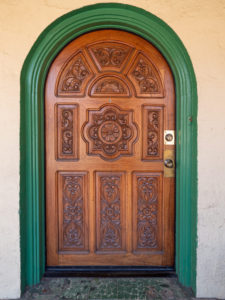 Doors present their own special problem with a UW lens. Shooting them was easy enough but the distortion that comes along with a wide-angle lens often means that in post-processing either the top or bottom of the image is narrower. Luckily this can be fixed in Lightroom under the Transform tab in the Develop module. The Vertical tab evens it out pretty well.
Doors present their own special problem with a UW lens. Shooting them was easy enough but the distortion that comes along with a wide-angle lens often means that in post-processing either the top or bottom of the image is narrower. Luckily this can be fixed in Lightroom under the Transform tab in the Develop module. The Vertical tab evens it out pretty well. 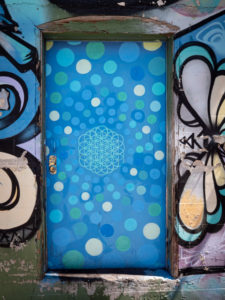
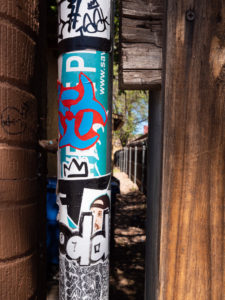 This image is shot with the UW allows for less blur of the background.
This image is shot with the UW allows for less blur of the background.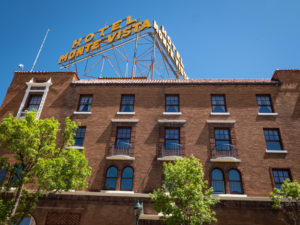 This lens also allowed me to capture an entire side of an old hotel by just standing on the opposite sidewalk. You can see the distortion, though. I straightened the roof of the building in Lightroom but the lower light line on the building that goes through the trees is off-kilter.
This lens also allowed me to capture an entire side of an old hotel by just standing on the opposite sidewalk. You can see the distortion, though. I straightened the roof of the building in Lightroom but the lower light line on the building that goes through the trees is off-kilter.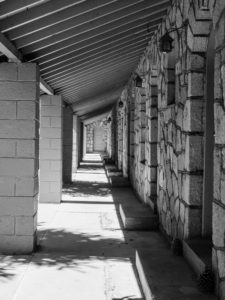 I just liked this shot.
I just liked this shot.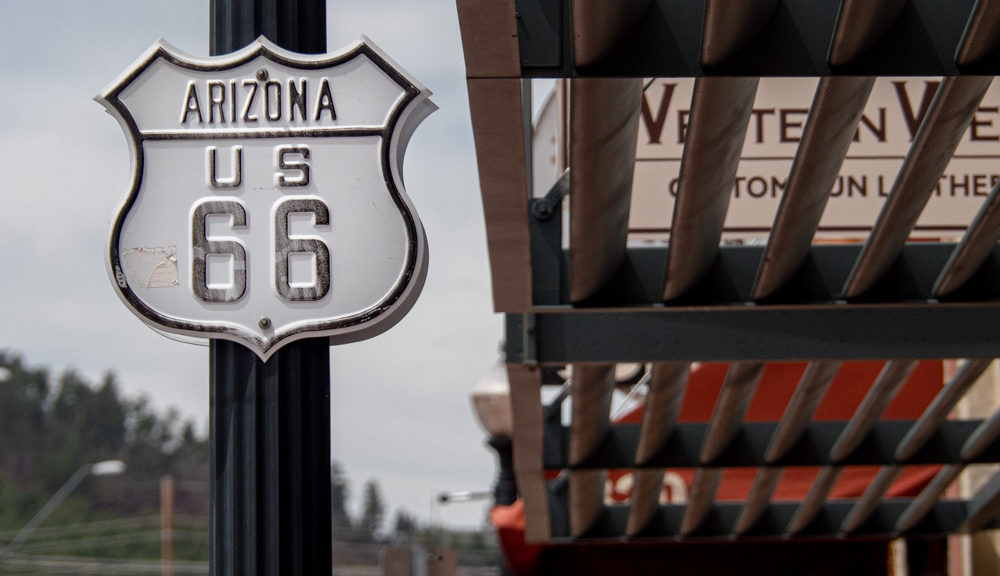
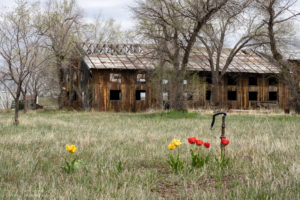
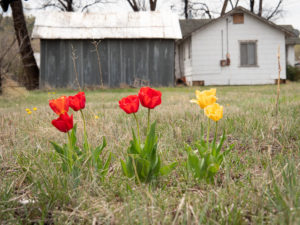
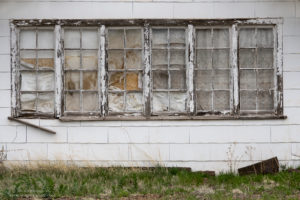
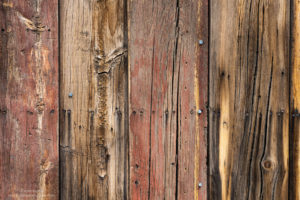
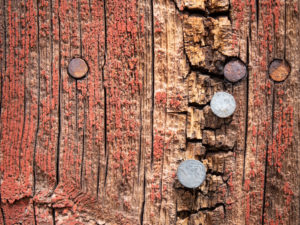
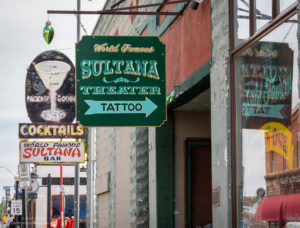
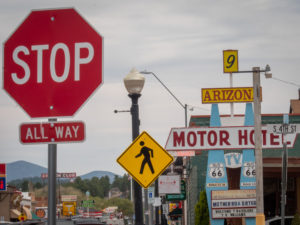
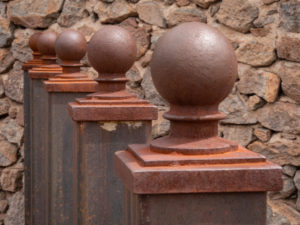
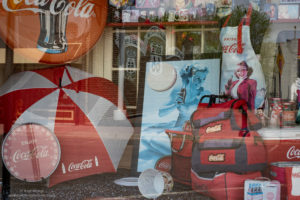

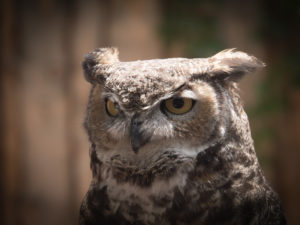
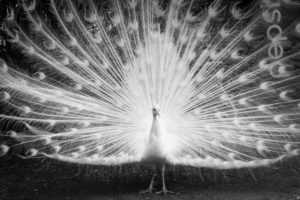
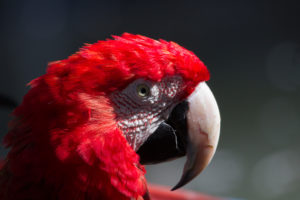

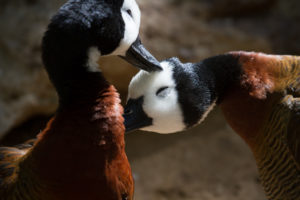
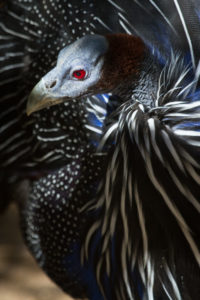


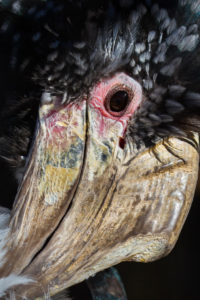
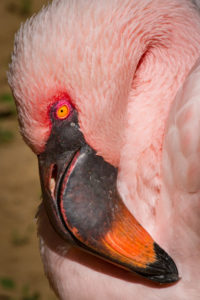

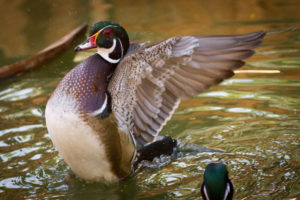
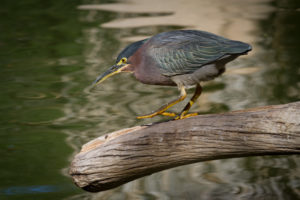
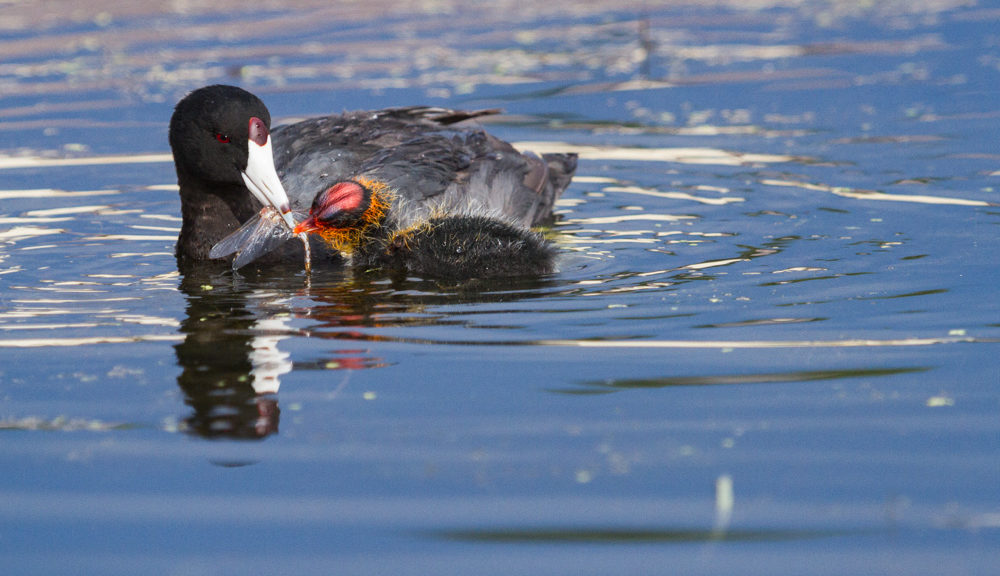
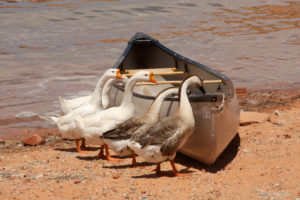
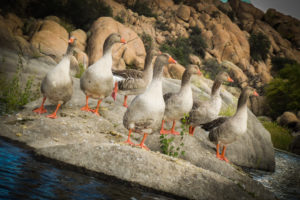
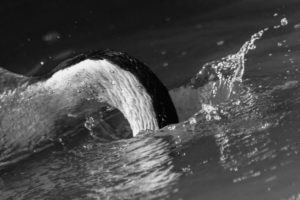

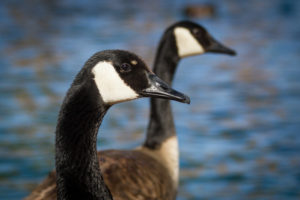
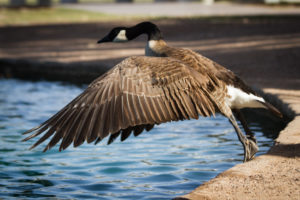
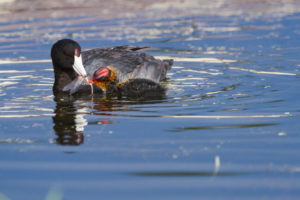
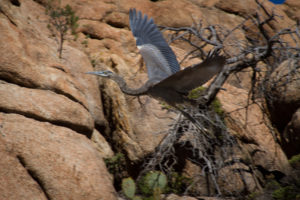
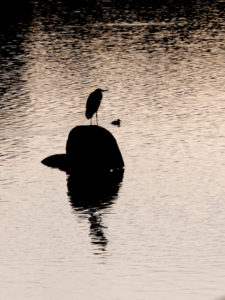 Another one from Watson Lake. I love silhouettes.
Another one from Watson Lake. I love silhouettes. And finally, a solo Canada Goose flying off into the sunset. Okay, it was probably mid-day, no sunset. This is the only one of this series that turned out clear. Shooting flying birds can be tricky. It’s a good thing pixels are free.
And finally, a solo Canada Goose flying off into the sunset. Okay, it was probably mid-day, no sunset. This is the only one of this series that turned out clear. Shooting flying birds can be tricky. It’s a good thing pixels are free.